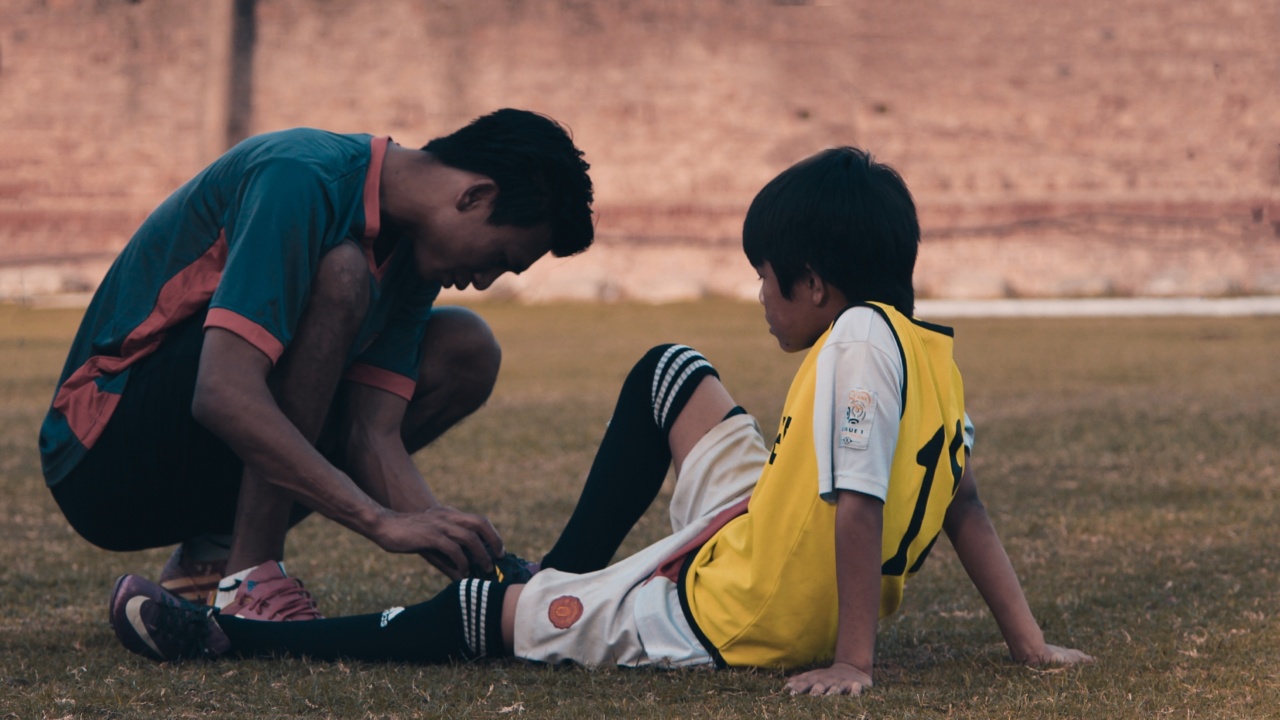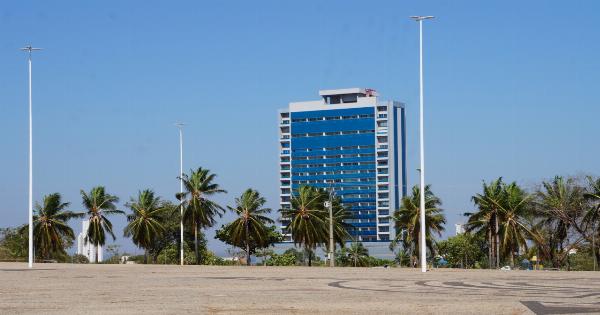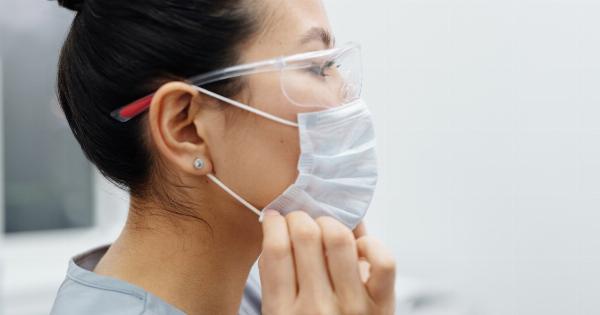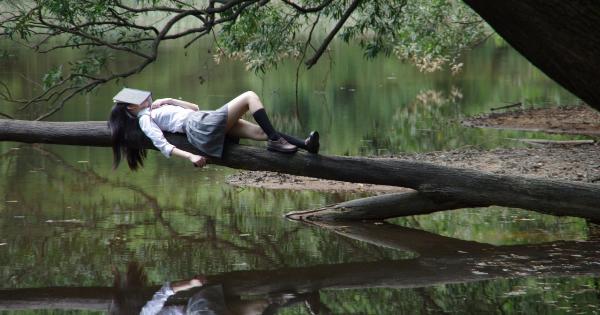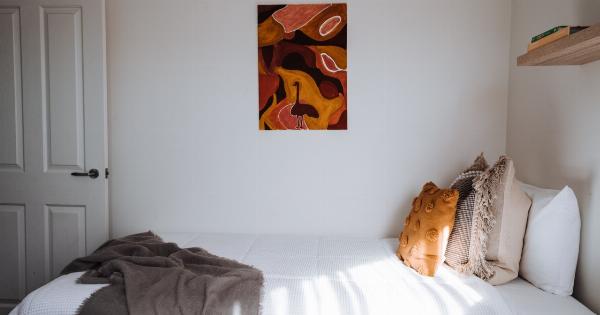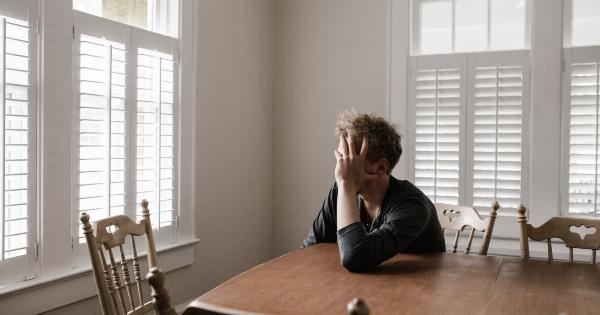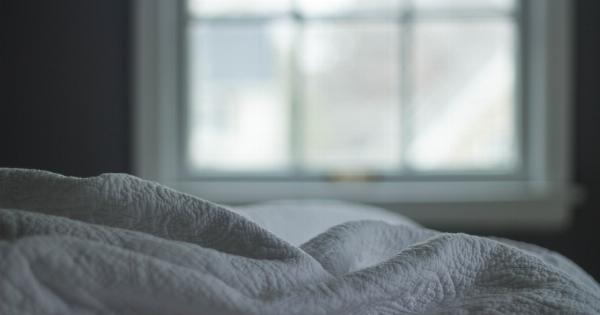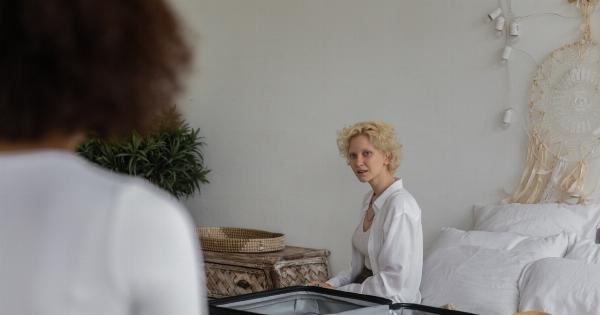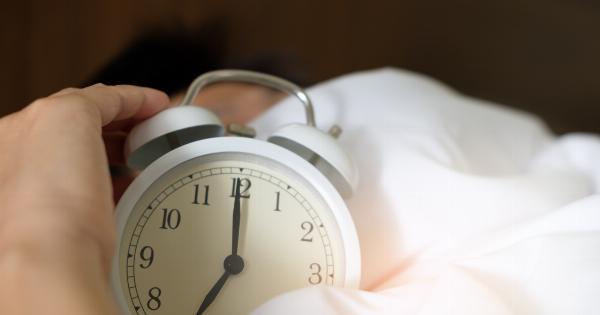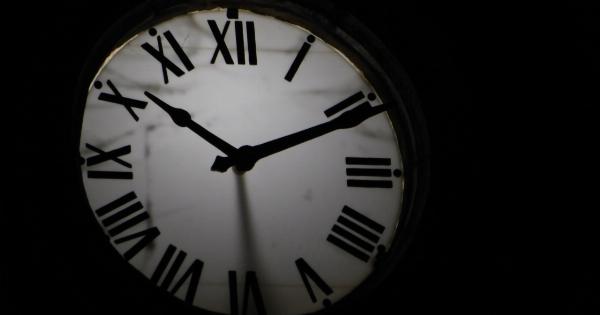Blue light is a form of visible light with a short wavelength that has a significant impact on adolescent development.
It is emitted by electronic devices such as smartphones, laptops, and tablets and is also found in energy-efficient light bulbs and outdoor lighting. The exposure to blue light has been linked to negative effects on sleep, mood, and overall health.
In this article, we will explore the impact of blue light on adolescent development and discuss preventative measures that can be taken to minimize its effects.
What is Blue Light?
Blue light is a part of the visible light spectrum with a wavelength of 400-490 nanometers. It has a higher energy level than other colors in the spectrum, which is why it is sometimes referred to as high-energy visible (HEV) light.
Blue light is found in sunlight, which is why we associate the color blue with a clear sky. However, it is also emitted by electronic devices that use LED screens, such as smartphones, laptops, and tablets.
How Does Blue Light Affect Adolescent Development?
Adolescence is a critical period of growth and development that can be negatively impacted by excessive blue light exposure.
According to research, exposure to blue light before bedtime can interfere with sleep patterns and lead to sleep disturbances in adolescents. Lack of sleep can impair their cognitive abilities, mood, and academic performance.
The blue light emitted by electronic devices directly affects the production of melatonin, a hormone responsible for regulating sleep.
When the eyes are exposed to blue light, the production of melatonin is suppressed, making it harder for the body to fall asleep. This may result in insomnia, difficulty falling asleep, or interrupted sleep patterns.
In addition to sleep disturbances, blue light exposure can also affect mood and cognitive abilities. Studies have shown that the blue light emitted by electronic devices can cause eye strain, which can lead to headaches and fatigue.
It can also lead to poor concentration and decreased attention span, affecting academic performance. Adolescents who have been exposed to blue light have been shown to have increased levels of anxiety, depression, and irritability compared to those who have not been exposed.
How to Reduce Exposure to Blue Light
There are several ways to reduce exposure to blue light, which can help minimize its negative effects on adolescent development. Here are some tips:.
- Limit the use of electronic devices before bedtime or use blue light filters
- Use warm-colored light bulbs instead of cool or daylight bulbs in bedrooms
- Take regular breaks and rest your eyes when using electronic devices for extended periods of time
- Use software such as f.lux to adjust the color temperature of your computer screen
- Encourage outdoor activities during the day when blue light exposure is beneficial for regulating the circadian rhythm
Conclusion
The effects of blue light on adolescent development are significant and can lead to sleep disturbances, decreased cognitive abilities, and negative mood impacts.
Therefore, it is essential to take measures to reduce exposure to blue light, such as limiting the use of electronic devices before bedtime, using warm-colored light bulbs in bedrooms, and taking regular breaks and rest for your eyes when using electronic devices for an extended period.
